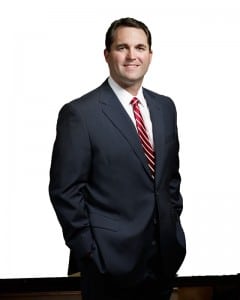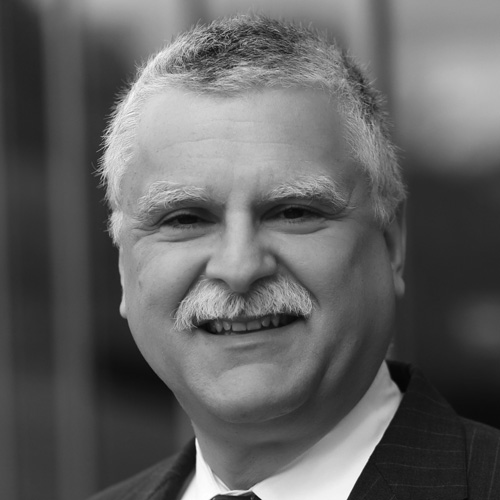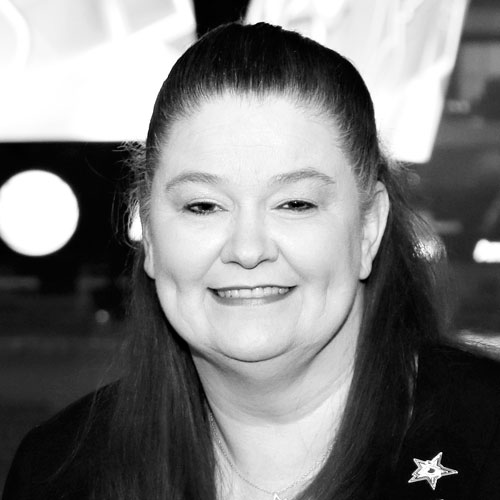
“I joined Ashford Trust in early 2003, and we completed our initial public offering in August 2003. The market for hotel investing bottomed in the summer of 2003, so it was perfect timing for us. We were a “blind pool” IPO. We raised a little over $200 million in cash and started buying hotels. We had an opportunistic investment strategy to buy all types of hotels, and we also made debt investments. Ultimately, we grew the portfolio into over $5 billion of assets.
During the financial crisis, our business got hit pretty hard, but we were fortunate to be cash-flow positive throughout the downturn and used the excess cash flow to buy back our stock. We bought back stock every day for almost two years. We bought back about 50 percent of the outstanding stock that we had going into the downturn.
In part, we stayed cash-flow positive throughout the downturn because of an interest rate swap in 2008, swapping all of our fixed-rate debt to a floating rate. The hotel business closely correlates to the economy, so we viewed this as a hedge. If the economy slowed down, income from our hotels would drop, and then interest rates would also drop, providing a hedge for our cash flows. This is exactly what happened, and it saved the company over $230 million.
More recently, we’ve embarked on a spin-off strategy. The goal is to simplify our investment strategy and create different platforms so that investors can pick and choose the investment strategy that works best for their objectives, while still investing with us.
In 2013, we spun off Ashford Prime, which focuses on high-end hotels in major markets. We own a significant amount of select-service hotels in Ashford Trust, so we announced a select-service platform that will focus exclusively on select-service hotels. Ashford Trust will focus on full-service hotels. It’s also important that we kept our management team together, which has been together a long time and delivered attractive returns to shareholders. So we structured the spin-off as an externally advised real estate investment trust (REIT).
That external advisory business was not a good REIT business, and our hands were tied on how much we could grow it. We spun it off from Ashford Trust, which converted Ashford Trust to an externally advised REIT; that business is Ashford Inc., which is the asset management company that oversees each of the REITs. The REITs don’t have any employees; all of the employees are at Ashford Inc. Now we can grow the advisory and asset management business since it’s not part of the REIT. It’s also publicly traded so investors can buy stock of the asset manager.
We formed Ashford Select to have a specific strategy that focuses on select-service hotels, like Marriott Courtyards, Residence Inns, Hilton Garden Inns, Hampton Inns, etc. It operates a little differently from the full-service segment in that the hotels have fewer amenities, a more simplified cost structure, and require less capital expenditures. Since we have almost sixty select-service hotels in the Ashford Trust portfolio, it makes sense to have a separate strategy platform. Ashford Select is still part of Ashford Trust. Our strategy is to grow that platform as a separate public company advised by Ashford Inc.
Our industry is cyclical, so we will enter into a downturn at some point. The best way to be in a position to capitalize during a downturn is to have access to plenty of liquidity before going into the downturn when capital can be very expensive.
We have a strategy to grow our cash balance as we progress through the cycle. When a downturn comes, we will be prepared to capitalize on investment opportunities from having cash to buy hotels at distressed prices to buying our stock back at low prices. Having my fingers on the pulse of both our hotel markets and the capital markets is very important in my role.”














